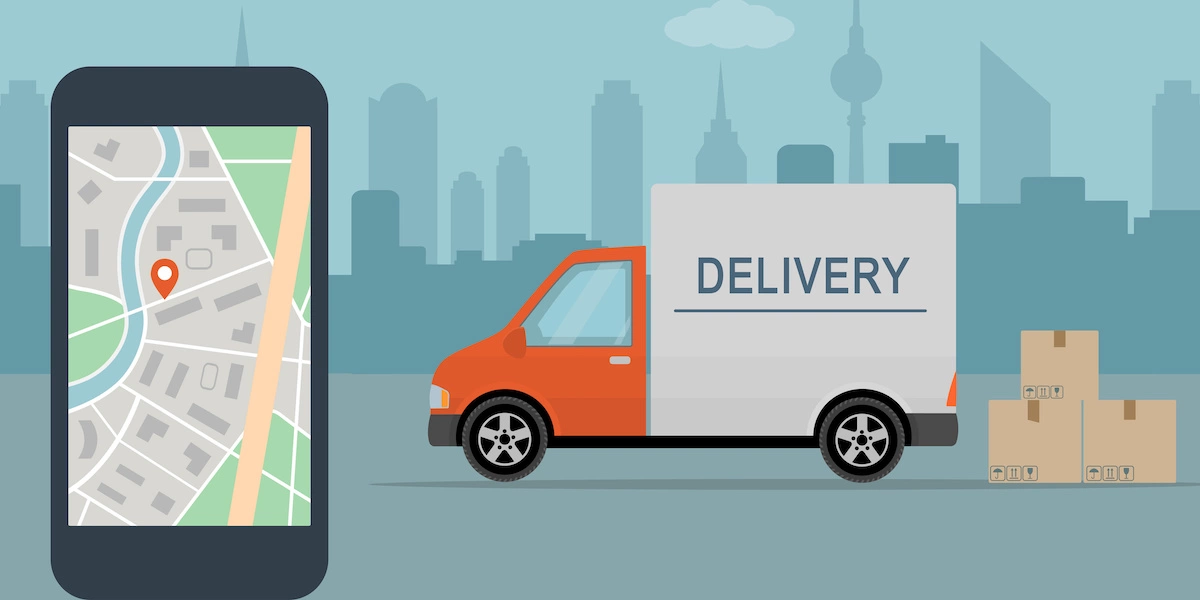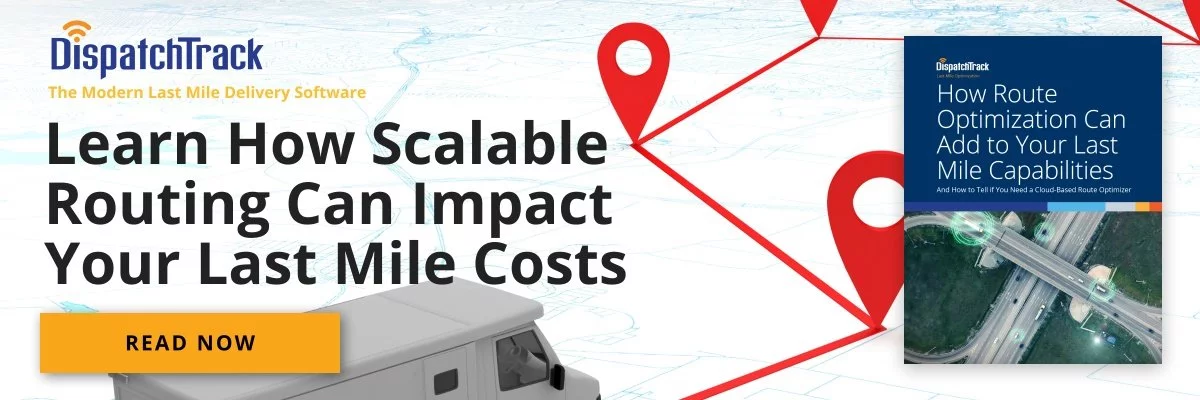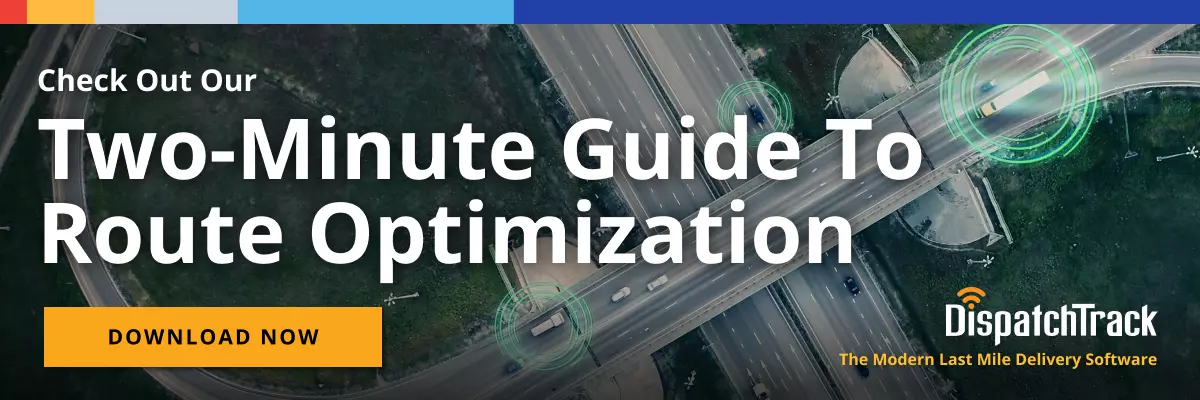It’s no secret that shippers that can deliver their products efficiently will be more successful— which is why delivery routes should be optimized to be as efficient and economical as possible. Of course, anyone can tell you that this is easier said than done—but the right approach and the right tools can make a huge difference when it comes to route performance. Today, let’s take a look at how to optimize delivery routes using the right software. 
Understanding Route Optimization
The goal of optimizing routes is to improve efficiency and cost-effectiveness. Businesses that can maximize the number of deliveries they complete while accounting for different parameters, such as available hours, driver schedules, customer requests, and regulatory requirements can position themselves to operate more efficiently and more consistently delight their customers. Contrary to popular belief, routing doesn’t just mean finding the fastest way from point A to point B—rather, it means finding the best route considering a wide range of variables.
This can be an incredibly complex process, which is why it’s so important to have the right software solution. When you have the right route optimization tools at your disposal, you can reap a number of potential benefits:
- More automated processes
- Fuel and driver wage cost savings
- Route and driver schedule adjustments on the fly
- Minimization of missed and delayed deliveries
- Real-time tracking of deliveries
- Maximization of orders and revenues
- Accurate expected times of arrival (ETAs)
Optimize Delivery Routes: 5 Key Steps
With the best route optimizer, you can optimize delivery routes effectively and ultimately grow your business. Here’s how:
Organize your routes
Whatever solution you adopt, the software settings may need to be tweaked so that your routes are arranged according to your needs. For that reason, it’s crucial to find a solution that’s easily configurable—this way, you can ensure that your route optimization actually reflects your business needs. You may want to specify that drivers should go to the farthest stop first, for instance. Or, you may need to differentiate between a number of different delivery or service types. You might need to account for customer time window requirements when routing. The more easily your solution empowers you to map out your actual needs, the more successful you’ll be.
When calculating travel time, don’t forget to account for stops and delivery types
We always consider travel time when planning routes—but it’s often too easy to overlook stops themselves and the time they take. In the event that your delivery person has to deliver to the third floor of a building without an elevator, it will disrupt your delivery schedule.
There are a large number of variables to consider that influence delivery times—such as the size of the order, the driver’s experience, any service or installation that might go with the order, or facts about the particular locations. This data may be readily available to you already, but when you can successfully integrate it into your planning, you can generate more accurate ETAs and set your drivers up for success.
Different delivery types also fall into this category. Threshold delivery, curbside delivery, and white glove delivery all have totally different service time expectations, and it’s important to account for that in route planning. For instance, white-glove deliveries require special handling and extra attention and can sometimes involve assembling or installing the product at the customer’s residence. In order to service a white glove delivery stop, a delivery driver would take more time than he or she would for threshold delivery or curbside delivery. If your solution doesn’t effectively account for these differences, then drivers doing white glove deliveries are going to run behind from the very first stop each day, and the customers at the end of each route are going to be disappointed.
Choose delivery options wisely
Next-day delivery, same-day delivery, or specific delivery date? Daytime or evening? There are more delivery options to choose from than ever before. These delivery options may be highly convenient for your customers—but they add obvious complexity to your routing and scheduling operations.
Having fewer options for delivery is obviously easier—but there’s a tradeoff here with customer expectations. Each company will have its own sweet spot in terms of how much flexibility to offer to customers. The crucial thing here is to promise customers something that you can actually deliver on and to keep them informed at every step of the way. When you can provide a high level of transparency, customers feel in control even when they don’t have a whole host of options to choose from.
Routes should be optimized based on fleet vehicle capacity
When mapping multiple stops, you should factor in the carrying capacity of your vehicle according to maximum weight, cubic volume, or the number of items your vehicle can hold at one time. Additionally, make sure to include business rules such as customer availability and delivery time windows, revenue limit per planned route, to name a few business constraints.
Your delivery routes must be optimized according to vehicle capacity to increase fleet efficiency and maximize your workforce and asset utilization.
This is something else that you’ll want to specify in your solution on a fairly granular level. Once you’ve done so, you can effectively level-load your fleet and manage your capacity proactively. When your capacity utilization is truly predictable, you might even be able to let customers self-schedule their deliveries from a set of capacity-aware options generated by your delivery routing program.
Gather data and track KPIs
Gather as much data about your routes as you can. Making routes 100 percent reliable and efficient isn’t possible all at once, but the data you capture can provide valuable insights. For example, where in the route did the delays occur, and what were the circumstances? Insights like these enable you to improve your route planning.
If you optimize delivery routes, you can cut planning time, reduce fuel costs, improve customer satisfaction, and more. The trick is to make sure you’re getting the most out of modern route optimization technology by following the right set of best practices.

